AI & HPC Data Centers
Fault Tolerant Solutions
Integrated Memory
CXL (Compute Express Link®) is an industry standard, open protocol for high speed and low latency communications between host accelerator which are increasingly used in emerging applications such as artificial intelligence (AI) and machine learning (ML).
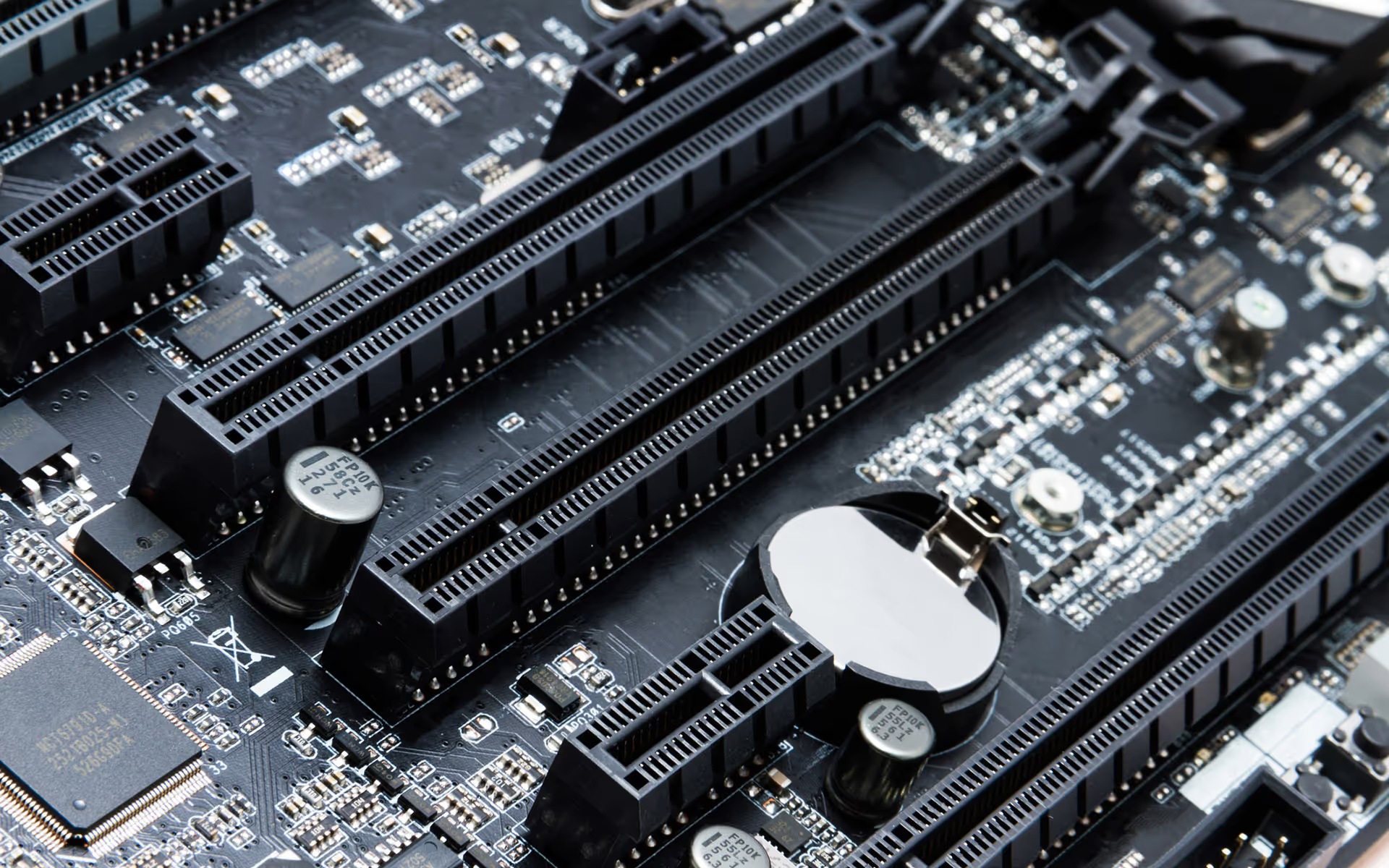
The CXL standard defines three protocols that are dynamically multiplexed together before being transported via a standard PCIe 5.0 PHY at 32 GT/s:
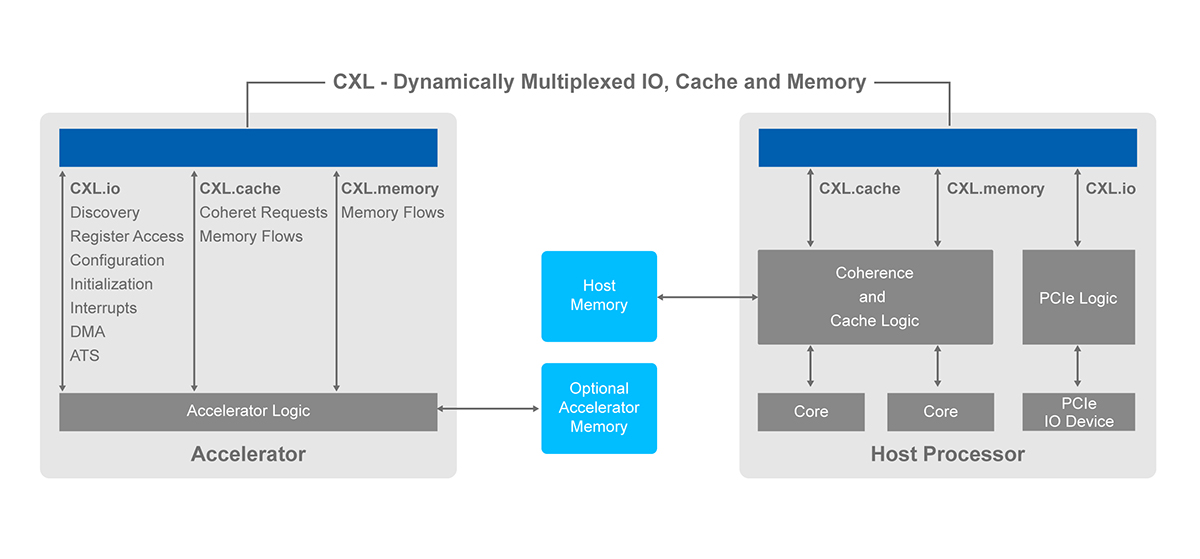
CXL is designed to support three primary device types:
SMART NIC or video accelerators, which run specific algorithm function like video transcoding on data present in Host Memory.

FPGA or CPU based accelerators with integrated memory (like HBM or DDR).
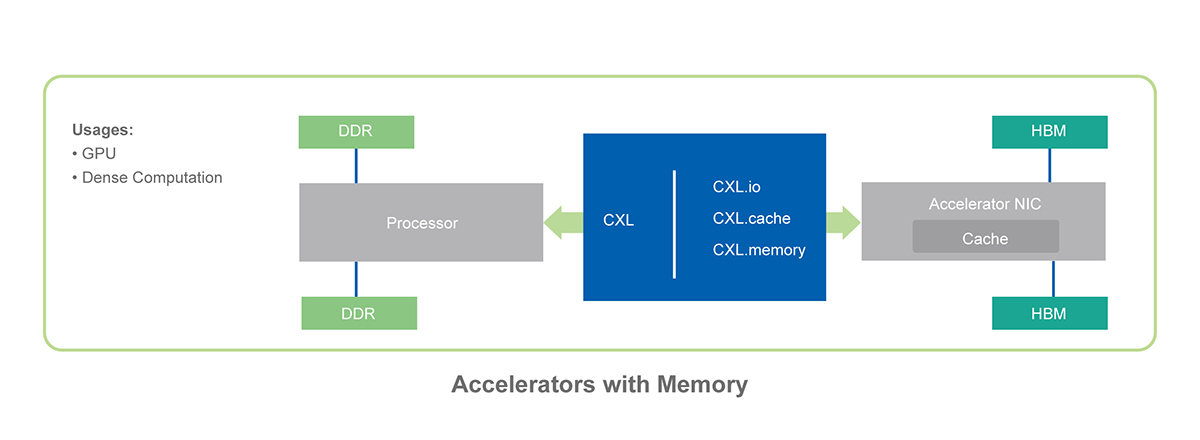
Persistent Memory or Computational Storage devices sitting on CXL bus. Such devices cannot access Host Memory on their own.

SMART Modular develops CXL Type-3 (CXL.mem) memory products to address the industry’s need for more memory per processor core. This approach allows for a more flexible and scalable memory architecture, where memory devices can be added or removed as needed, without the need to replace or upgrade the entire system.
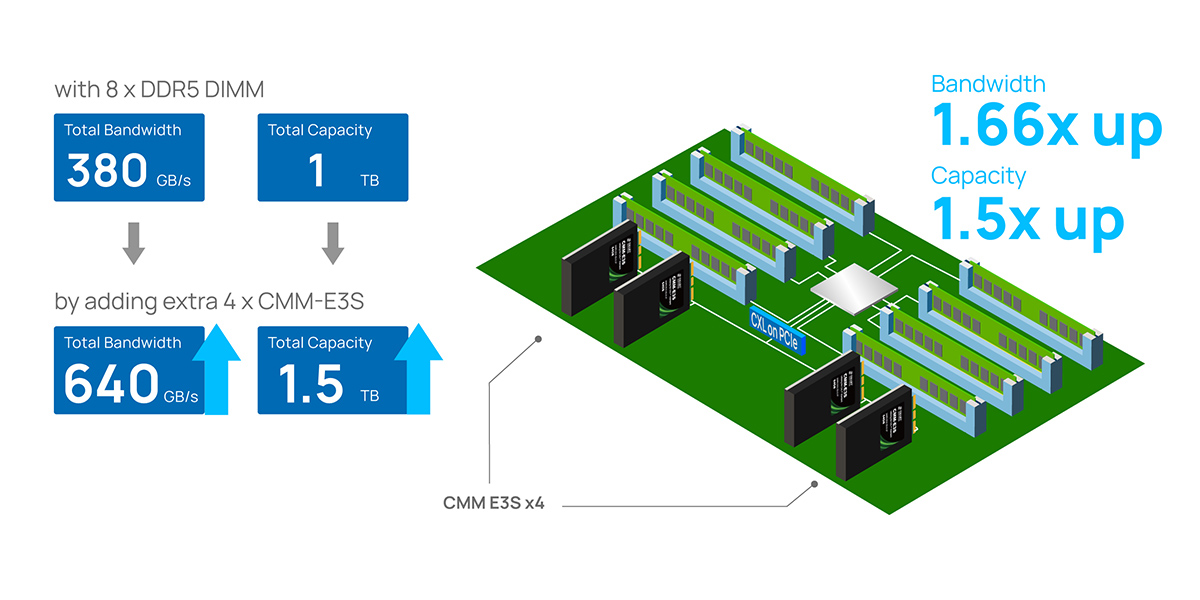
CXL 2.0 supports switching to enable memory pooling for efficient memory allocation. At 2.0 level, device can be partitioned as multiple logical devices (MLD), allowing up to 16 hosts to simultaneously access different portions of the memory.
As an example, Host 1 (H1) can use half the memory in Device 1 (D1) and a quarter of the memory in D2 to finely match the memory requirements of its workload to the available capacity in the memory pool. The remaining capacity in D1 and D2 can be used by H2-H#.

SMART's CXL AIC is a more economical choice for expanding memory under current system architectures. Instead of purchasing 8 128GB DDR5 RDIMMs, clients can achieve equivalent memory capacity by employing 8 64GB DDR5 RDIMMs in conjunction with an 8-DIMM CXL Add-In Cards (AICs). This configuration results in a remarkable reduction in costs, amounting to 25%.
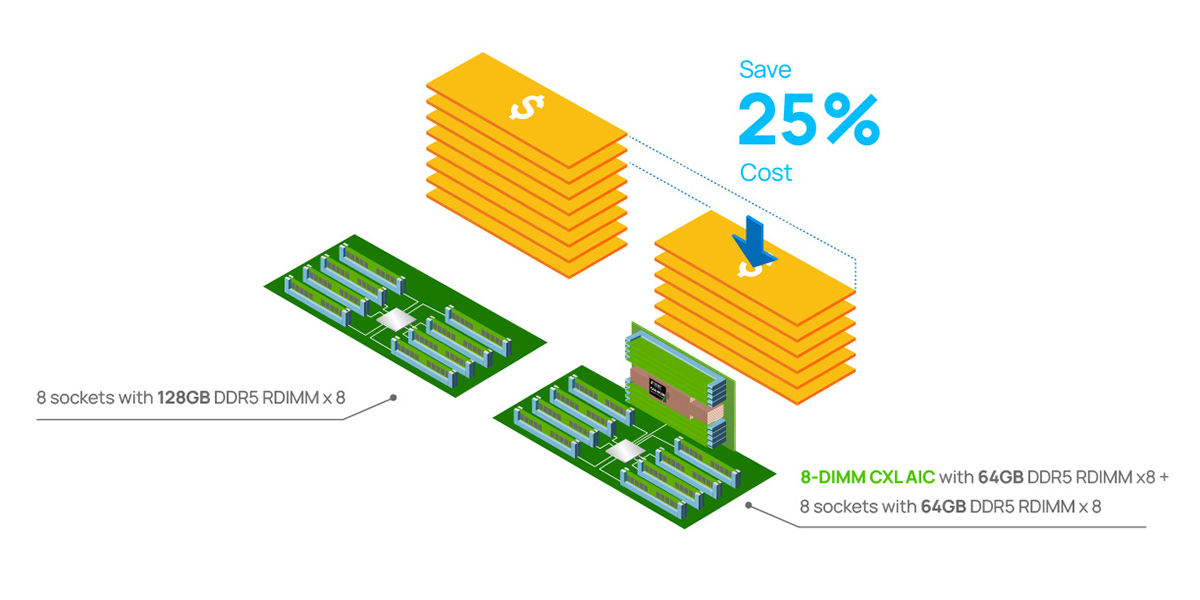
The following video provides an overview of SMART’s memory products with CXL, highlighting applications, use cases, performance results, and benefits of using memory and bandwidth expansion Add-in Cards with CXL. The video will also share the following CXL advantages and features:
SMART Modular Technologies helps customers around the world enable high performance computing through the design, development, and advanced packaging of integrated memory solutions. Our portfolio ranges from today’s leading edge memory technologies to standard and legacy DRAM and Flash storage products. For more than three decades, we’ve provided standard, ruggedized, and custom memory and storage solutions that meet the needs of diverse applications in high-growth markets. Contact us today for more information.


At Penguin, our team designs, builds, deploys, and manages high-performance, high-availability HPC & AI enterprise solutions, empowering customers to achieve their breakthrough innovations.
Reach out today and let's discuss your infrastructure solution project needs.